
Rein Vollenga: Sculpting Fantasy
Words by Sara Panagiotopoulou
Location
Dutch-born, Berlin-based sculptor, Rein Vollenga, creates pieces that are powerful and unique; the tactile translations of a visionary artists’ eye and visual representations of his vivid imaginary world. His extraordinary work has been exhibited in museums and galleries worldwide, such as Le Louvre in Paris, Kunsthall in Oslo and Haus der Kunst in Munich. Currently, and through May 8th, 2016, a selection of his wearable sculptures are being displayed in the exhibit Nirvana: Strange Forms of Pleasure at the Gewerbemuseum in Winterthur, Switzerland.
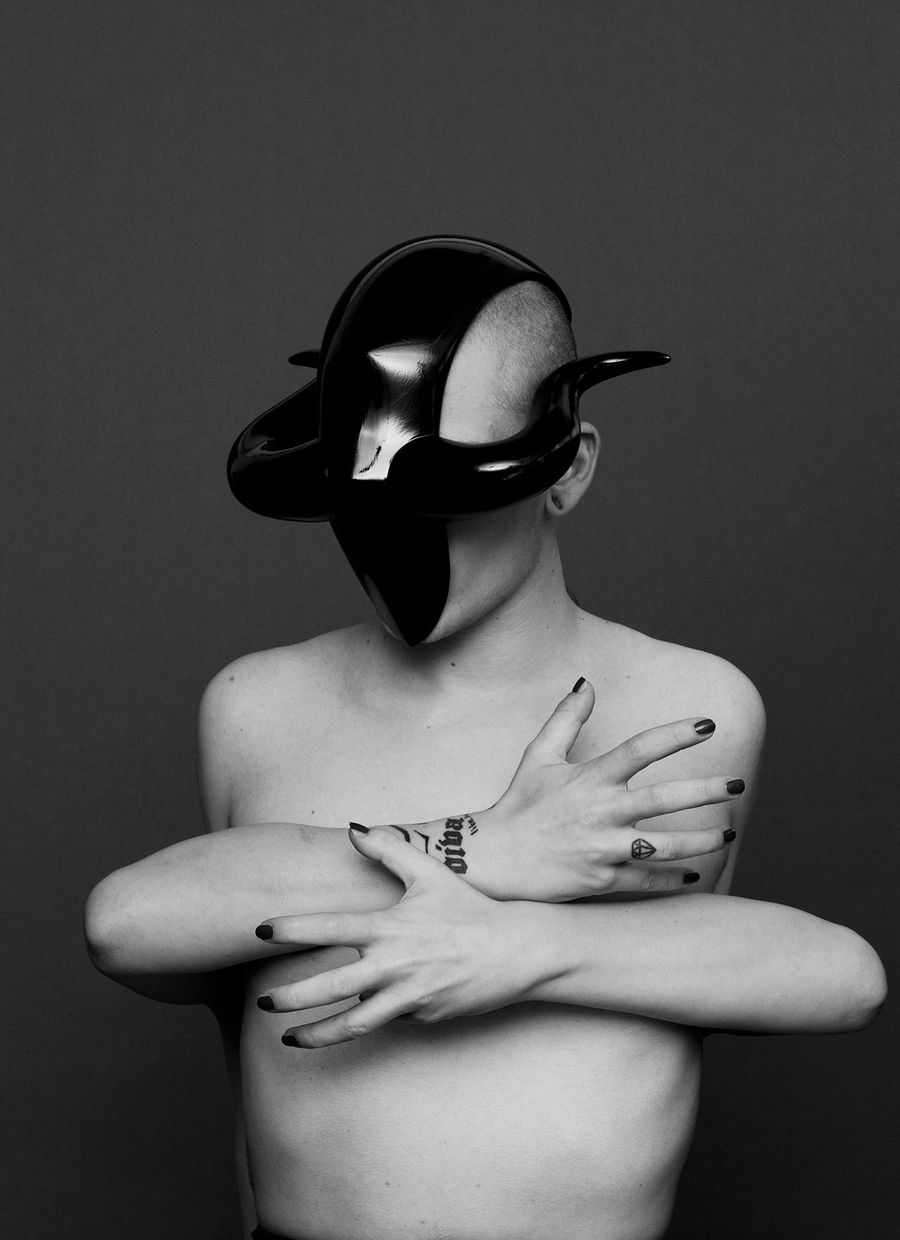
Headpiece by Rein Vollenga. Photography by Jonas Lindström, courtesy the artist.
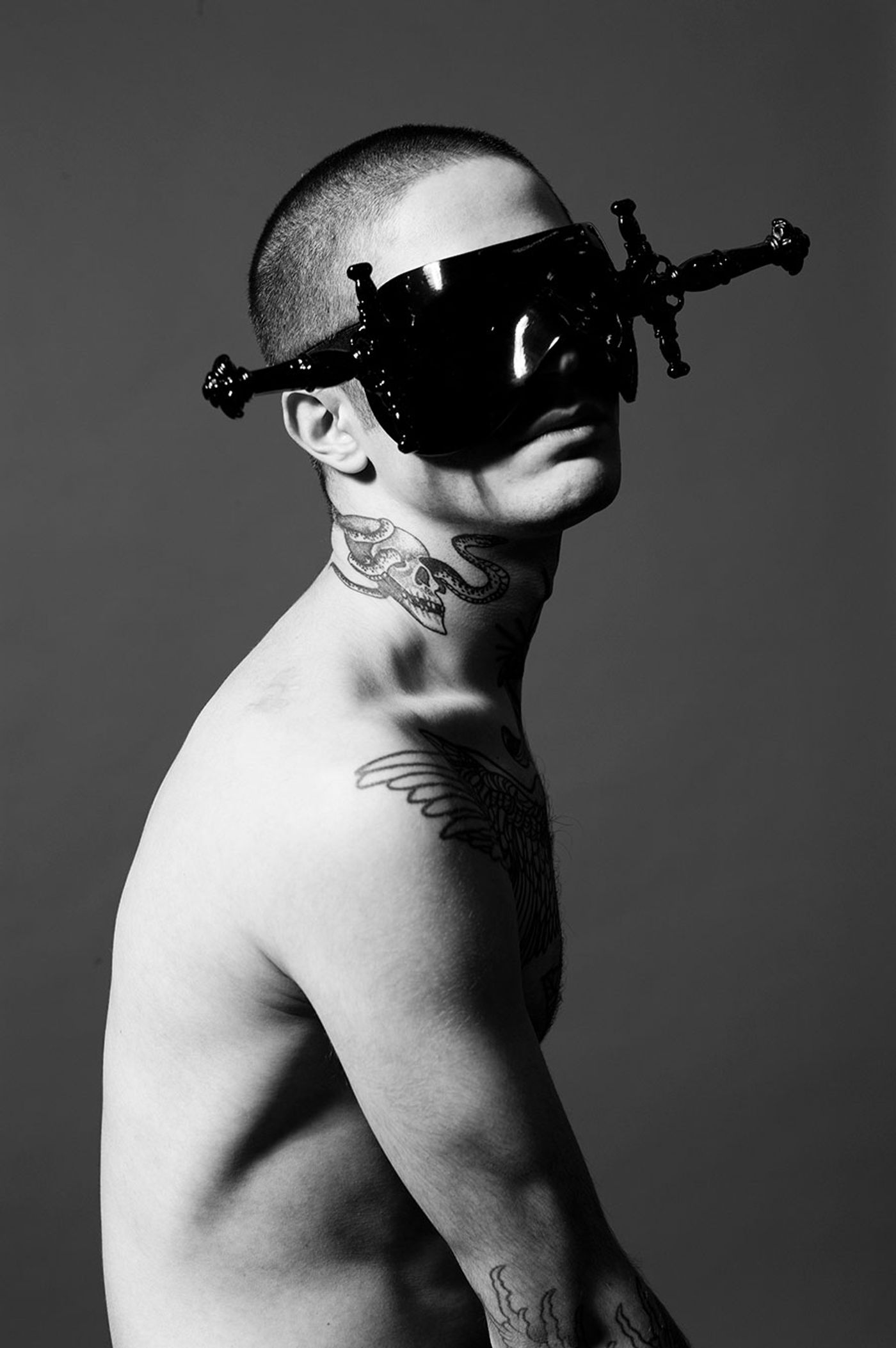
Headpiece by Rein Vollenga. Photography by Jonas Lindström, courtesy the artist.
The acclaim that Vollenga’s work has acquired goes beyond the art world and transcends into the fashion realm. Not only has it been featured in some of the most preeminent international magazines such as Vogue Italia, Dazed, Interview and i-D, it has also appeared on the forward-looking catwalks of Mugler and KTZ, among others. Vollenga was even commissioned to create pieces for Lady Gaga’s “Fame” video as well as for other musical and dance performers such as for choreographer Damien Jalet.What is most noteworthy however is perhaps Vollenga’s creative process, from the conception of the initial idea in his mind to the formation of the final product; a lengthy and labour-intensive procedure involving much patience, diligence… and many coats of lacquer! But the results are well worth it as each entirely handmade piece is show stopping, to say the least, and almost seems to have assimilated a little bit of its innovative sculptor beneath its shiny surface.
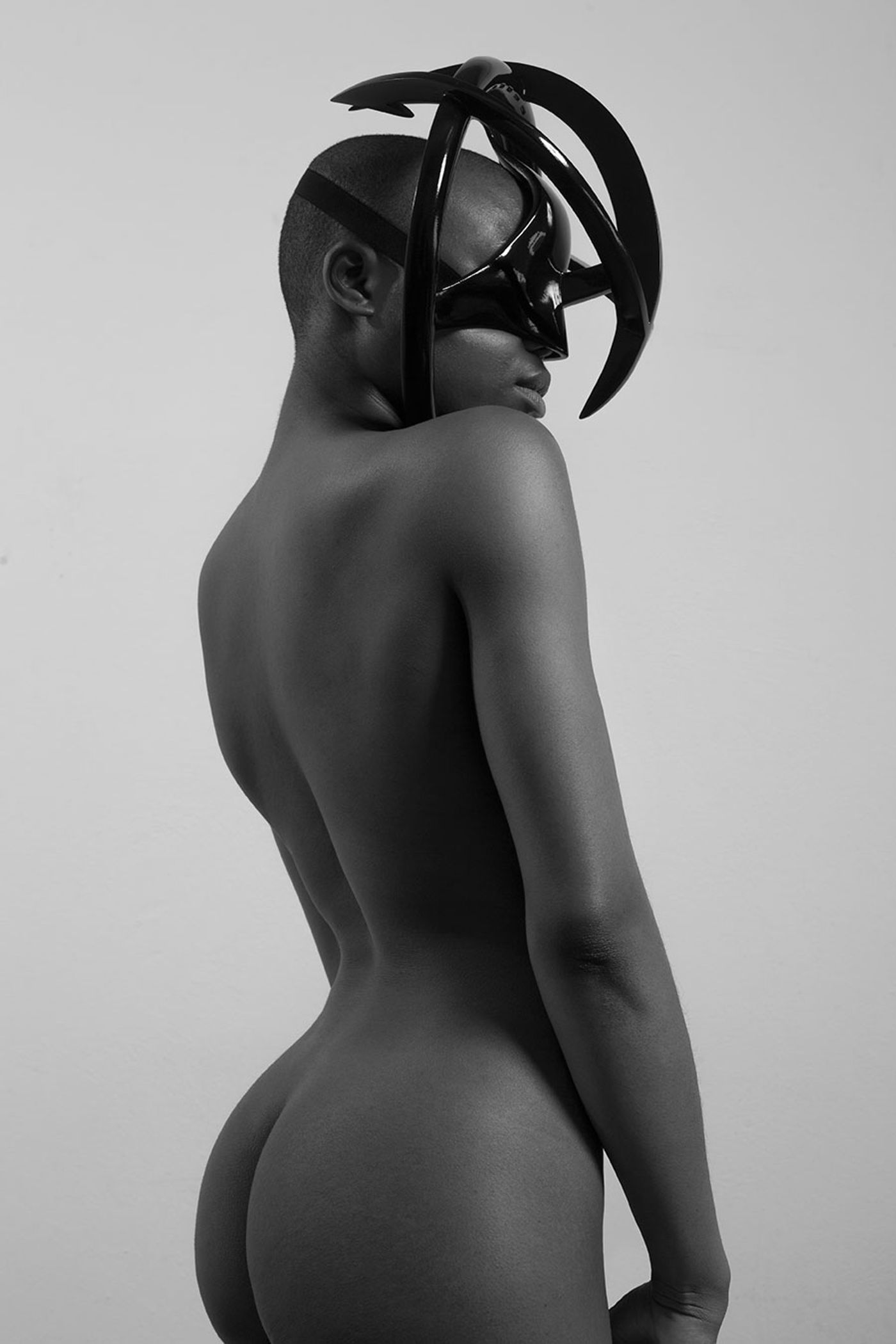
Headpiece by Rein Vollenga. Photography by Jonas Lindström, courtesy the artist.
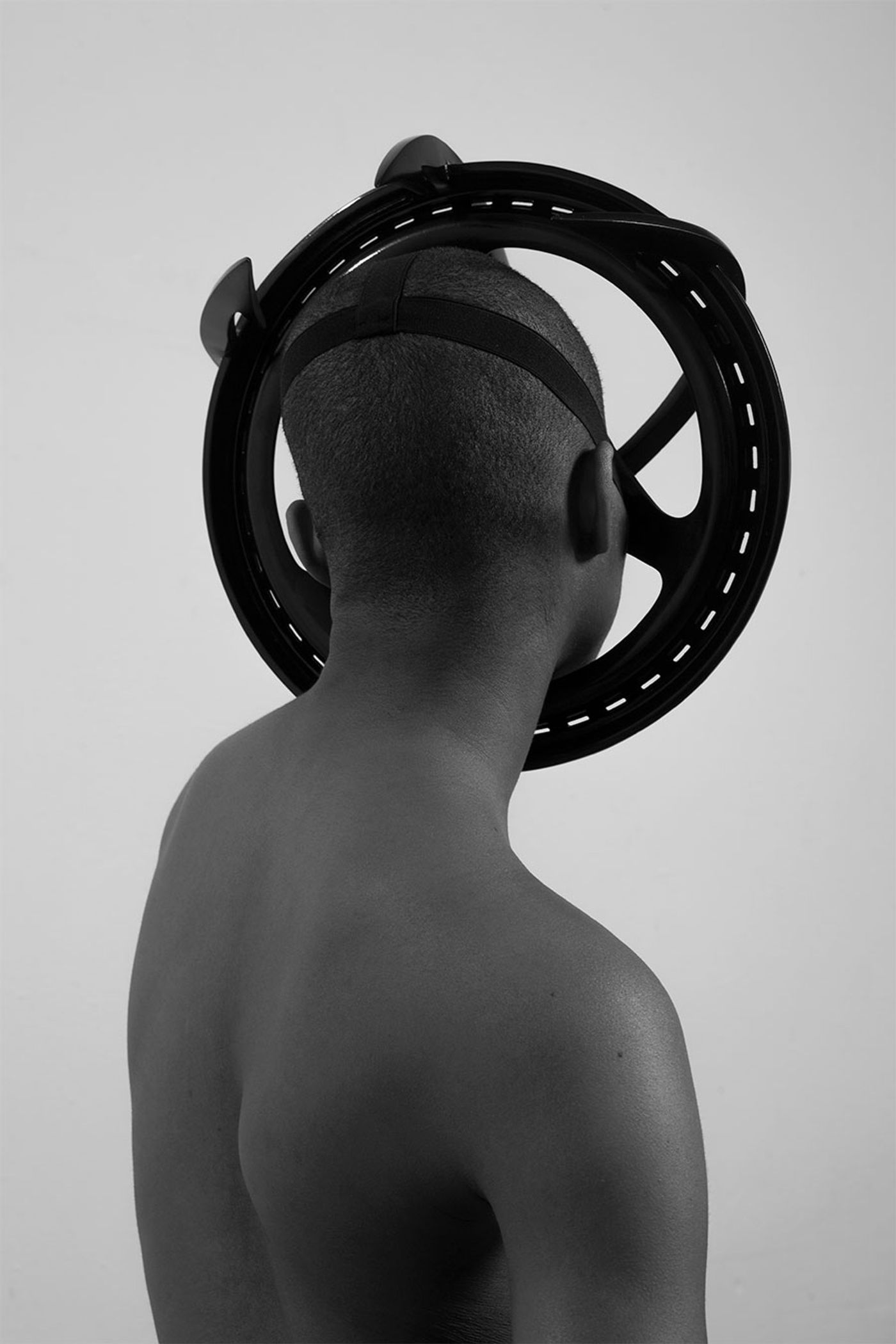
Headpiece by Rein Vollenga. Photography by Jonas Lindström, courtesy the artist.
You studied fine art in the Netherlands. How did that influence and prepare you for ultimately defining what has become your characteristic work of “organic” and “anthropomorphic” Wearable Sculptures?I think the definition and “roots” of my work go way back to my childhood. I grew up in a small town in the south of Holland – an industrial city called Eindhoven. My parents lived close to the forest and they would take me there several times a week. I've always collected things I've found there. That’s where I think my organic anthropomorphic orientation started from; seeing the wild animals, the mushrooms and feeling the gloomy landscape.
You’ve worked with the highly theatrical Mugler and created pieces for Lady Gaga’s Fame video among other notable forays into the fashion industry. Are you surprised that your pieces have been embraced within the industry, albeit by some of its most progressive constituents? What have you found to be the common ground between art and commerce?
I really love the theatrical part of fashion. Especially the way fashion shows used to be in the 90s, with the likes of Thierry Mugler, Alexander McQueen, Viktor & Rolf and John Galliano. Fashion designers used to be visionaries. Unfortunately, we don't see that often these days anymore as the industry has started to dominate the creative side of the field. Right now, I'm more interested in theatre, contemporary dance and experimental performance. I enjoy collaborating with other creative minds, performers, dancers and musicians, as well as creating, taking a project from A to Z, without any restrictions and pressure.
Your pieces almost seem to move as if they have a life of their own; looking at them it’s sometimes surprising to realise that they are inanimate objects. What is your design process? Do you work from sketches or a prototype with a predefined shape in mind towards a set goal, or do you allow each piece to define itself in the design process?
The pieces I create are made of assembled found objects. The objects I collect are very ambiguous, for example mass-produced organic shapes like toys, dolls or mannequins. The found shapes are roughly cut and glued together into a new object, which is then covered in a layer of epoxy and obsessively sanded and polished until it reaches “perfection” before finally being painted in several layers of colour and lacquer for a glossy finish. My process is very visceral as I need to feel the shapes. I never make drawings beforehand because that just doesn't communicate my 3-dimensional thinking —and besides that, it’s great when unexpected things happen during the making of a piece. These surprises can change your perception and perspective in the working process. They can open your eyes again. I see them as a gift.

Headpiece by Rein Vollenga. Photography by Jonas Lindström, courtesy the artist.
How does your creative process differ when you are designing a piece that you've been commissioned for (say the pieces for Lady Gaga's video or for a dance performance) compared to a piece you create simply because you feel "called" to? Are you usually given creative freedom in commissions? If not, how do you deal with restrictions that are placed upon you by storylines?
I never differentiate in the creative process for my objects. It doesn't matter if my work is shown in a music video, the theatre or a gallery. These are just different platforms through which to reach an audience. That said, when I work on commissions I always try to create a dialogue with my client. This is a dialogue of communicating through imagery instead of words, which comes the closest to my three-dimensional thinking. I'm also very fortunate that people approach me for my work and therefore for my signature; this gives me the creative freedom I need as an artist.
Tell us a bit about your pieces being exhibited in the Nirvana show. Is there a particular story you’re aiming to express through them? What do you personally believe to be the influence of the erotic on design, fashion and contemporary art?
My pieces that are on view during the Nirvana exhibition are inspired by insects and car parts. They don't demand a particular interpretation or story; I like to leave that to the viewers’ imaginations. Concerning eroticism... I think that's a very personal interpretation or reflection by an individual onto an object; that’s what makes it timeless. Personally, I'm more interested in fantasy.
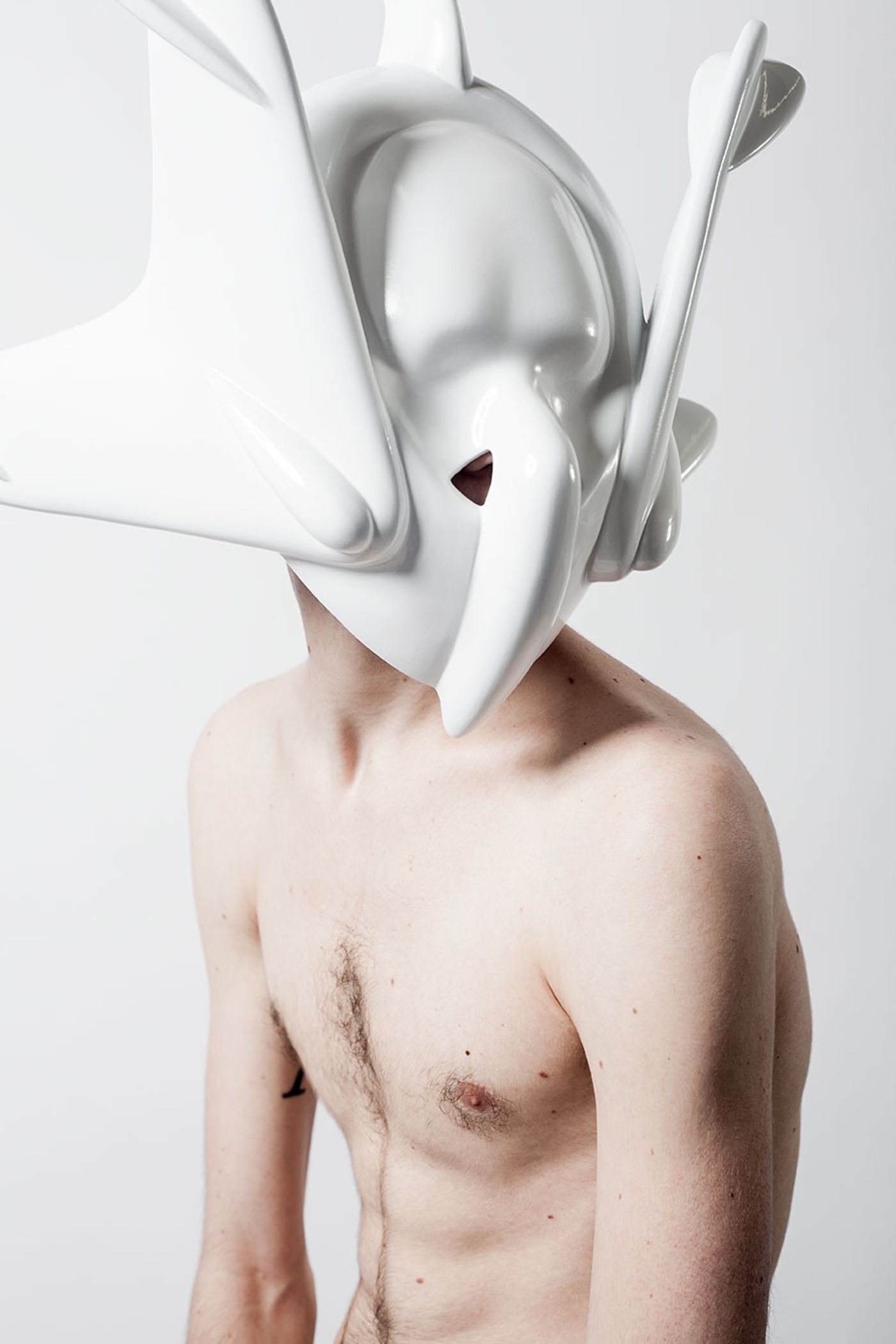
Headpiece by Rein Vollenga. Photography by Jonas Lindström, courtesy the artist.
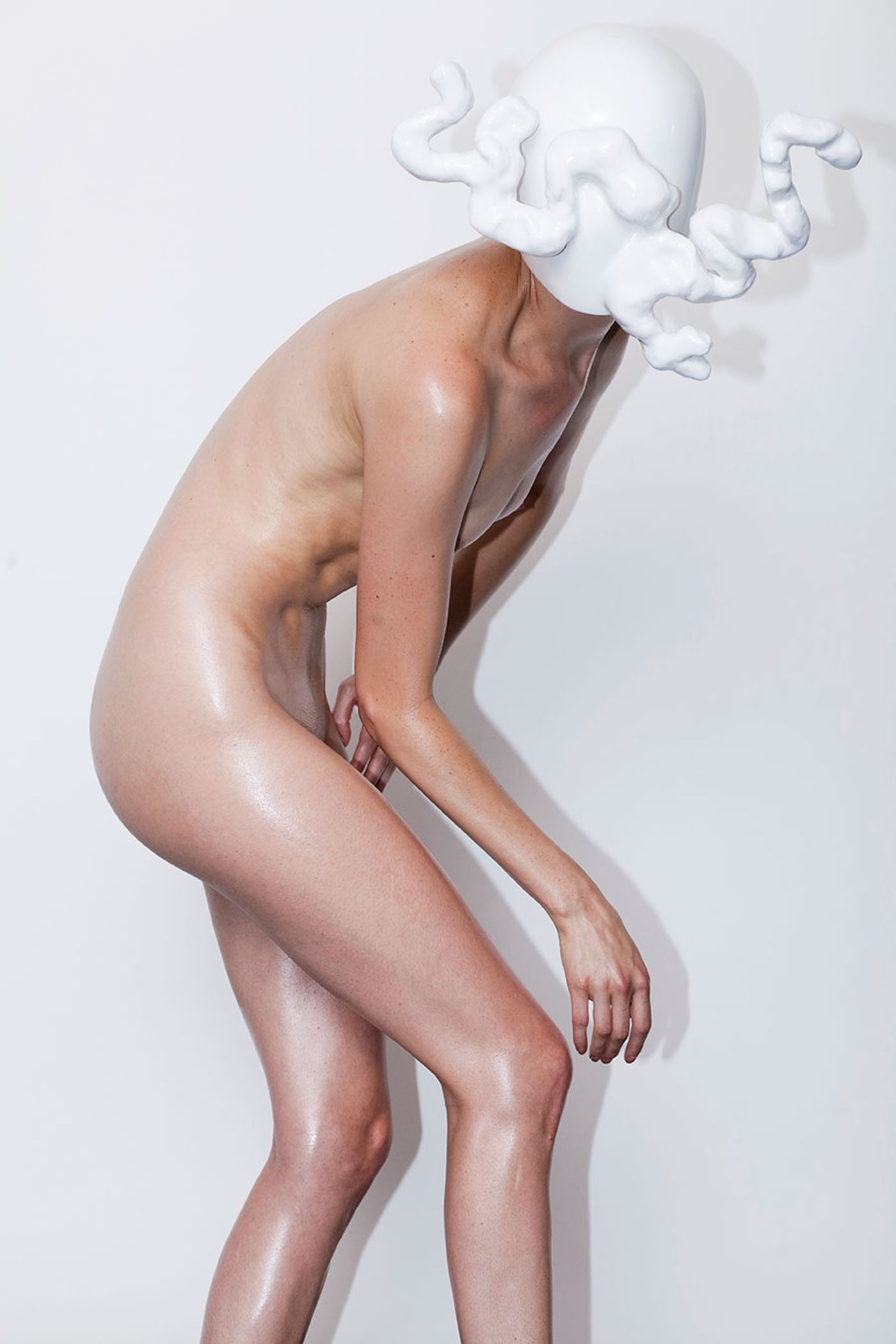
Headpiece by Rein Vollenga. Photography by Jonas Lindström, courtesy the artist.
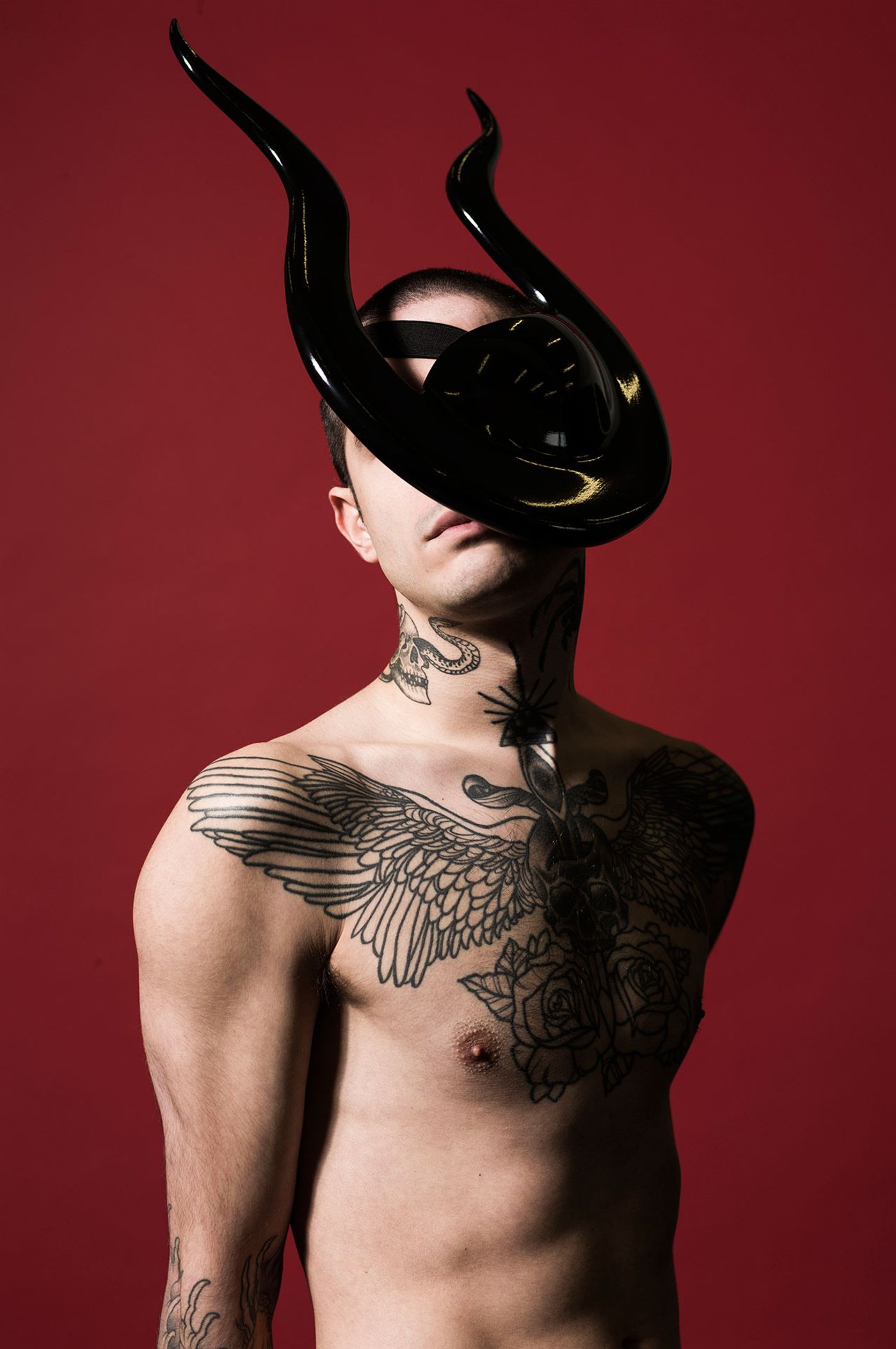
Headpiece by Rein Vollenga. Photography by Jonas Lindström, courtesy the artist.